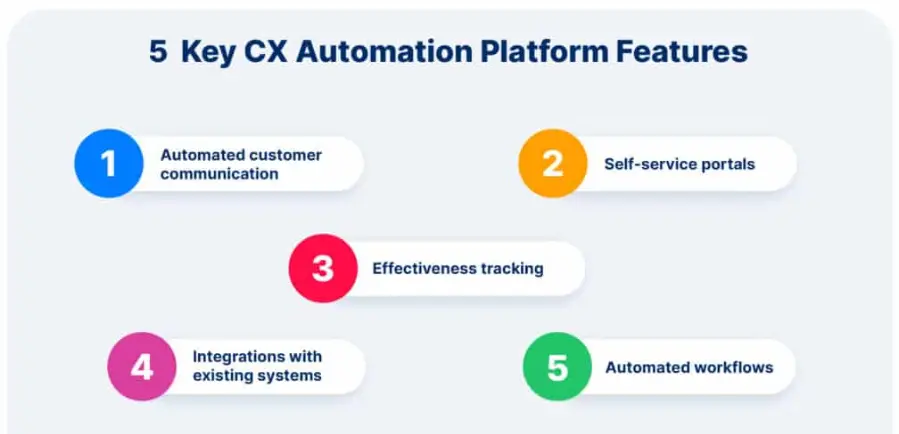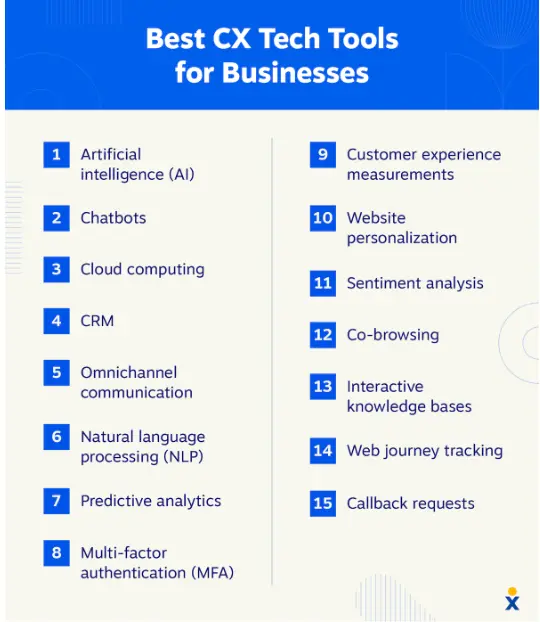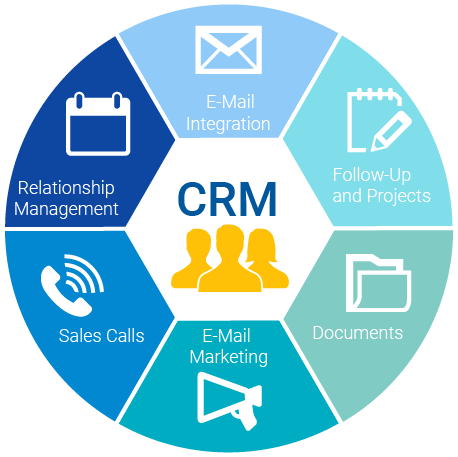Introduction
Automation kills empathy. That's the common belief. But what if automation can actually enhance customer experience? Surprising, right?
In the fast-paced world, digital customer experience is the new range of success measurer. Customers want quick, personalized responses. They crave instant solutions.
This is where Customer Experience Automation comes into play. By automating repetitive tasks, businesses can focus on genuine human interactions.
This guide explores how automation, when used correctly, can create a seamless, satisfying customer journey. Let's dive in.
What is Customer Experience Automation?
Customer Experience Automation (CXA) refers to the use of technology, particularly automation tools, to enhance and streamline the customer journey across various touchpoints. It integrates data-driven insights, personalized communication, and automated workflows to deliver a seamless, consistent, and engaging experience for customers.
Customer experience automation automates repetitive tasks like email marketing, customer service responses, and personalized content delivery. It also allows businesses to efficiently manage customer interactions at scale.
By leveraging AI, machine learning, and customer data platforms, Customer experience automation helps in predicting customer needs, improving response times, and creating tailored experiences that boost satisfaction and loyalty.
Key Components of Customer Experience Automation
Customer Experience Automation is transforming the way businesses engage with customers. By leveraging technology, companies can create smoother, more efficient interactions.
- 24/7 Availability: Chatbots and virtual assistants provide round-the-clock support. A telecom company uses chatbots to handle billing inquiries at any hour, reducing wait times and improving customer satisfaction.
- Targeted Campaigns: Customer experience automation helps deliver personalized content. An e-commerce site uses data-driven automation to send tailored product recommendations to users based on their browsing history, increasing engagement and sales.
- Instant Feedback: Automated surveys collect customer opinions immediately after interactions. A restaurant chain employs automated feedback requests post-dining, enabling it to swiftly address any issues and improve service quality.
- Streamlined Operations: Customer experience automation simplifies complex processes. A logistics company automates order processing, ensuring accurate and timely deliveries, which enhances customer trust and loyalty.
Benefits of Customer Experience Automation

Customer experience automation is revolutionizing how businesses interact with their customers. By automating various touchpoints, companies can offer a more seamless and efficient customer journey.
Improved Efficiency
Customer experience automation handles repetitive tasks quickly. Imagine a customer service team overwhelmed with basic inquiries. With automation, chatbots manage routine questions, freeing up staff to tackle more complex issues, leading to quicker resolutions.
Enhanced Customer Satisfaction
When customers receive prompt and accurate responses, their satisfaction grows. Think about an online retailer using automated order tracking updates. Customers stay informed without constant human intervention, making the experience smooth and stress-free.
Consistency in Service
Customer experience automated systems ensure every customer receives the same high level of service. Consider a bank using automated notifications for account activities. Every customer gets timely alerts, reducing missed communications and enhancing reliability.
Cost Savings
Customer experience automation cuts the need for extensive manpower. A business using automated email marketing campaigns spends less on staffing while reaching a broader audience. This approach cuts costs and increases profitability, demonstrating the financial advantage of Customer Experience Automation.
Tools and Technologies Of Customer Experience Automation

Customer Experience Automation relies on various tools and technologies to enhance customer interactions and streamline business processes. These technologies play a crucial role in improving efficiency and satisfaction.
Customer Relationship Management (CRM) Systems

CRM systems consolidate customer information, making it easily accessible. A retail business uses a CRM to track purchase history and preferences. It also enables personalized service and targeted marketing.
Chatbots and Virtual Assistants
Chatbots provide immediate responses to common inquiries. A bank implements chatbots for balance checks and transaction histories, reducing call center load and providing quick customer service.
Email Automation Tools
Email automation tools automate email marketing campaigns. An online retailer uses email automation to send personalized promotions based on customer behavior, boosting engagement and sales.
Analytics and Reporting Software
Analytics and reporting tools analyze customer interactions and provide actionable insights. A travel agency utilizes analytics software to understand booking patterns. It enables them to offer tailored travel packages and improve customer satisfaction.
Customer Experience Automation: Steps Implementation
Implementing Customer Experience Automation involves a series of strategic steps to ensure a seamless transition and maximize benefits.
Step 1
Assessing Customer Needs
Identify common customer issues and areas for improvement. A telecom company surveys customers to pinpoint service gaps, using this data to guide automation efforts.
Step 2
Choosing the Right Tools
Choose tools that align with business goals. An e-commerce site opts for chatbots, like BotPenguin, and CRM systems to handle customer inquiries and manage data. It ensures a comprehensive customer experience automation strategy.
Step 3
Integrating with Existing Systems
Ensure new tools work smoothly with current systems. A healthcare provider integrates automated appointment scheduling with their existing patient management software. It enhances customer experience automation efficiency without disrupting operations.
Step 4
Training Staff
Provide comprehensive training on new tools. A retail chain trains employees on using CRM and email automation tools, enabling them to leverage technology for better customer interactions.
Step 5
Monitoring and Improving
Assess the effectiveness of customer experience automation tools regularly. A financial institution monitors chatbot performance and gathers customer feedback, using insights to refine and enhance its Customer Experience Automation strategy.
Frequently Asked Questions (FAQs)
How can Customer Experience Automation improve customer satisfaction?
Customer experience automation ensures consistent, timely responses and personalized interactions, making customers feel valued and understood.
What tools are used in Customer Experience Automation?
Common tools used in customer experience automation include CRM systems, chatbots, email automation tools, and analytics software.
What are the benefits of Customer Experience Automation?
Benefits of customer experience automation include improved efficiency, enhanced customer satisfaction, consistency in service, and cost savings.
How do you implement Customer Experience Automation?
Start by assessing customer needs, choosing the right tools, integrating with existing systems, training staff, and monitoring and improving processes.
What are the challenges of Customer Experience Automation?
Challenges of customer experience automation include overcoming resistance to change, ensuring data security, maintaining a personal touch, and measuring effectiveness.
